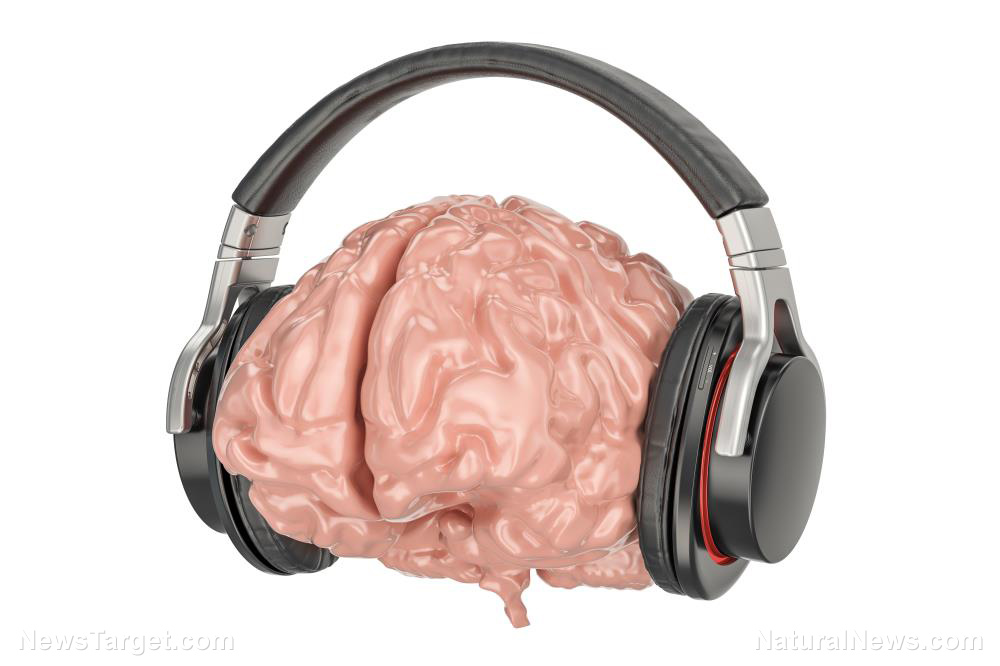
Structured thinking leads to a static brain
To better process information, we tend to group data into bite-sized manageable pieces, which prevents us from becoming overwhelmed. We have extended this into all aspects of our lives. The emphasis on organized structures has made managerial strategies entirely focused on efficiency. However, this “flat” way of thinking reprograms the brain to be inflexible. Kim and his co-author Chen-Bo Zhong conclude that society has become too focused on order, effectively cutting off our natural predilection towards cognitive flexibility. (RELATED: Read more news about the mysteries of the mind at MIND.news.)
The researchers ran a series of three experiments to test their theory. The first two experiments had participants make as many sentences as they could from a group of nouns. In one experiment, the participants were given the nouns in neatly organized categories. In the second, the nouns were not organized in any particular way. In the final experiment, participants were tasked to make an alien out of a box of organized or unorganized bricks. Participants in the organized category were not allowed to dump the bricks onto the table, while those in the unorganized group could do as they pleased with the blocks.
Results show that those who fell under the organized group tended to follow preconceived patterns. They were typically faster than the unorganized group but showed no variation in their wording style or how they built the alien. Authors classified this type of thinking as a "hierarchically organized information structure" which organizes data based on what is known. This type of structure builds patterns based on familiarity, area of expertise, or discipline. The other form of thinking, flat information structure, sees information without any form of category and therefore has no hindrance to how it can be used.
Put simply: Practice makes perfect -- but then we plateau and are no longer able to give new ideas.
The importance of creativity
So why is this important to learn? Science proves that the brain is constantly adapting to situations. Neural connections are strengthened or destroyed based on what it receives every day. So, the brain of a firefighter for example would be much different from the brain of a lab technician. Our brains take in the necessary information and categorizes it to give us the best chance for survival. Learning creativity -- or rather, encouraging cognitive flexibility -- keeps the brain elastic and pliable. This proves essential during disaster preparedness or experiencing new things.
A Harvard Business Review paper argues that we place too much stock on the term “creativity.” The ideas that we judge as “creative” are often based on how novel they are rather than their usefulness. In terms of business, rewards are given to the most innovative without thinking of its implementation. Ted Levitt, who wrote the 2002 article says, “A powerful new idea can kick around unused in a company for years, not because its merits are not recognized but because nobody has assumed the responsibility for converting it from words into action. What is often lacking is not creativity in the idea-creating sense but innovation in the action-producing sense, i.e., putting ideas to work.”
With the latest study, Kim and Zhong define creativity not as the propensity to generate ideas but how quickly participants were able to shift ideas and thought patterns. This may be a better -- and perhaps more accurate -- way of defining creativity and its importance in the workplace.
Sources:
Please contact us for more information.























